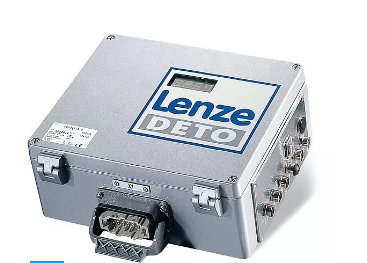Posted on 12th Sep 2023

According to CM Industry Supply Automation, in today's typical industrial usage, terminology like variable frequency drives, inverters, drives, and variable speed drives all refer to an electronic control device that can be used to alter the speed or torque that a motor produces. Although induction, permanent magnet AC (PM), or switched reluctance (SR) motors are used in the majority of new variable speed applications today, we shall ignore these technological distinctions for the purposes of this essay as each technology has advantages and weaknesses.
This article will begin with fundamental ideas before describing a few examples that relate to some of the biggest difficulties in using variable speed for energy savings.
VFDs' limitations
We start out with a crucial distinction: motor efficiency is not increased by variable frequency drives. The losses of a VFD actually increase the basic motor losses (owing to harmonics; that is, since the waveforms provided by a Lenze Drive to the motor are not perfectly sinusoidal, there is additional heating of the motor) by adding to the harmonics. Additionally, when a motor's speed deviates from a "base" speed, most motors have poorer efficiency. Nevertheless, VFDs can contribute to the overall energy efficiency of a process, system, or application.
Despite the fact that VFDs are now often employed in business, utilities, and even residential applications, there is still confusion among management about how these investments in improvements actually function.
By regulating the speed of motors in a variety of applications or processes, Keb Drive can be used to save energy. The usage of VFDs can result in savings through increased machinery or equipment uptime, reduced switchgear and cabling costs, improved process control, and other benefits in addition to the energy savings they bring.
Using a motor without a VFD is comparable to pressing the gas pedal all the way down and using the brake to control speed. As a result, there will be excessive gas consumption, an uneven ride, worn brake pads, and a brief engine life. That could seem like an absurd approach to operate any machine. The outputs of most motors were throttled, braked, "slipped" in clutches, or bypassed (in the case of fluid pumping) until VFDs became affordable, dependable, and user-friendly.
Although the gas pedal does not increase the engine's efficiency, it does allow for greater mileage, less general wear, and nicer rides than if you did not have one and relied solely on the brake. The best analogy for what a Siemens drive can do for your process or equipment is the gas pedal.
Imagine for a moment that you only ever drive on long, open roads with no posted speed restrictions. If installing a gas pedal would be expensive, you might as well forego it and just utilize the ignition to move forward and stop. In this situation, you might as well floor the gas and get at your destinations as quickly as feasible.
This may be the case with some motor applications, such as those that use grinding wheels, table saws, coolant pumps, etc., when the process necessitates either all of the motor's output or none at all.
Controlled speeds have numerous applications, even when their primary benefit is not energy conservation. Although an elevator ride could be completed with a fixed speed, the smooth ramp-up and ramp-down of speed make for a comfortable ride; in this case, the process is enhanced to produce a higher quality ride.
Another illustration would be some extruders that could operate at fixed (uncontrolled) speed but would be affected by variations in line voltage or frequency, which would impact screw speed and, in turn, product geometry; in this case, a VFD would not necessarily save much energy, but would provide better control and stability.
Early variable speed drives were mostly DC and were only used for machine control; they were used in paper mills, rolling mills, extruders, etc. to regulate motor speeds and torques to control line speed and process variables like thickness, grain formation, and winding tightness.
The scope of VFD usage has significantly expanded to include applications that were previously run at fixed speed; the overwhelming reason for using variable speed in these applications is to save energy and lower operating costs, even though process control still remains a major reason for using VFDs in industry. The rise in energy prices, the decline in drive costs, technological advancements, and ease of use are the drivers behind this widespread adoption of variable speed systems. Finally, since drives are so common, people are more receptive to using them for innovative and novel applications.
Variable speed is currently being used in previously fixed-speed applications to achieve significant energy and other operating cost benefits. These savings also happen when direct-driven, VFD-controlled motors are used in place of conventional mechanical speed controls such fluid couplings, gear-shifting, and eddy-current clutches. These transitions from fixed to variable speed applications can be divided into different groups. We shall focus on two areas in particular: compressors and pumps and fans.